
אישה שחורה רוצה לעוף כשמה של העבודה המרכזית המוצגת בכניסה לגלריה היא פרספקטיבה ליצירתה של האמנית שרה אלימי זכרה לברכה. שרה מיעטה להציג וקצב יצירתה הוכתב במידה רבה מפעימות חייה המורכבים ומן התחנות הגיאוגרפיות שסימנו אותן: עין הוד, ירושלים, זכרון יעקב, קציר, חיפה ומושב צרופה. עבודותיה שנאספו מעיזבונה ומקרב משפחתה וחבריה, נפרשים לעיני הצופה בשבע חטיבות המייצגות את עיקרי עניינה של שרה ואת השיח האמנותי כמעט מונולוגי שקיימה עם סביבתה. נופים רחבי ידיים לצד מיניאטורות של ממש – מחשבתה של שרה מתהדהדת דרך העבודות בפאתוס נבואי ונוקב, אך יחד עם זאת באלגנטיות ובאירוניה דקה, הדוקה, חדה ומודעת מאוד, שכה אפיינו את אישיותה ואת נוכחותה הייחודית וחד-פעמית.
שרה עזבה אותנו בעיצומו של החורף – ביום האחרון של 2022. במשך שנים נאבקה בגבורה במחלה אוטואימונית שהתגברה בחורפים ופערה פצעים בנפשה ובגופה. אצבעותיה איבדו מזריזותן והיא חדלה לצייר והתכנסה בעצמה. עם זאת שרה לימדה לרפא את עצמה, ומעת לעת, כשהיא מגייסת משאבים פנימיים ועבודת מודעות, היתה שבה ויוצרת. למרבה הצער, עם הזמן, הלכו כוחותיה וכלו ובסופו של דבר המחלה השתלטה על כל יישותה והביאה למותה.
שרה נולדה בעיר קונסטנטין, אלג'יריה בשנת 1950 והיתה בתו של רב. בשנת 1961 הגיעה שרה לישראל עם משפחתה שהתיישבה במושב המסורתי צרופה על חוף הכרמל. בלב כבד נאלצה שרה להיפרד מן השפה הצרפתית ומכתביה אותם אהבה כל-כך והיתה נחושה לרכוש עברית טובה יותר אפילו מחבריה הצברים לכיתה. כנערה שוחרת אמנות, היא נמשכה בערגה אל מושבת האמנים הסמוכה עין הוד בה עברה להתגורר, ובתום השתלמויות שעברה הציגה שם את יצירותיה. היתה זאת תחילת דרכה וחייה כאמנית.
כמה שנים אחרי היא מוצאת את עצמה בירושלים, מגדלת לבדה את בנה יקים. תוך כדי היא מתמודדת עם התפרצות המחלה ועם התקפים ראשונים. כשסוף סוף חזרה לצייר היא הציגה את תערוכת היחיד הראשונה שלה ׳שעון חורף׳ בגלריה אנטאיה לאמנות פמיניסטית (אוצרת: ריטה מנדס-פלור, 2005). העבודות מיטיבות לתאר את תחושות הבדידות והקור שחווה שרה בירושלים. את הציורים ממלאות דמויות שמוטות איברים כמעין בובות סמרטוטים כשדימוי הכיסא משמש להן מטאפורה לחיפוש אחר מקום, בית ויציבות. שנותיה בירושלים הן גם השנים בהן נתנה ביטוי לנטיותיה הפוליטיות בהצטרפותה לפעילות מחסום ווטש ונשים בשחור. את חוויותיה ורשמיה פרשה בסדרת ציורים קטנים המתארת את המחסומים שהציבה מדינת ישראל להפרידהּ מהשטחים הפלסטיניים בגדה וברצועת עזה. גם סדרה זאת הוצגה בתערוכה באנטיאה.
׳שעון חורף׳ הובילה לסדרת ציורי הקיץ של שרה המתארים את המרחב החקלאי ואת החממות הסובבות את מושב צרופה. הסידרה מציינת את חזרתה של האמנית צפונה, בורחת מהכפור הירושלמי – תחילה לזכרון יעקב ואז ליישוב קציר, מעל ואדי ערה, שם היא מוצאת שיח ועניין בישובים הערביים שמסביב, ומטפחת בביתה גן שופע. גם בסדרה זאת של ציורי הקיץ, באה לידי ביטוי ראייתה הפוליטית והחברתית של שרה. בציוריה של שרה הנוף אילם ושומם מאדם; שדות מושב לוהטים בחמה או שטח בנוי, פונקציונלי וקודרני. המרחב מסתמן כבוש, תחום וממושטר, שגורלם השברירי של יושביו נתון בידי שינויי אקלים או משוגותיו של ריבון אכזר. הטריטוריה הנופית של שרה מנסחת עמדה ביקורתית ורדיקלית בהתייחס לזהותם של מי שמודרים באופן סמלי גם מן המרחב הציורי שלה, למיקומם בתחתית הירארכיית הדיכוי בישראל, ברמיזתה לשותפות הגורל ולתרבות שקהילות אלה חולקות – פלסטינים ויהודי ארצות ערב והאיסלם.
זוהי התקופה היצירתית ביותר שלה. משנת 2005 ועד 2015 שרה ציירה את רוב העבודות המוצגות בתערוכה זאת. במהלך תקופה זאת היא השתתפה בתערוכות קבוצתיות שונות בירושלים ובבאר שבע. בסדרה "אלג'יריה: זיכרונות ילדות", הכוללת יותר מ-30 יצירות, רובן מצוירות בפסטלים על נייר צבעוני בגודל A4, היא מנהלת שיח נוקב עם עברה באלג'יריה. במרכזן של העבודות מתוארים הווי בית הכנסת וימי החג, אך גם שיגרת יומן של נשות המשפחה – אמה, אחיותיה הגדולות והדודות. סדרה זאת אף הוצגה בשנת 2007 באתר האינטרנט המזרחי המיתולגי ״קדמה״ (אוצרים: ד״ר אהובה מועלם ויורם בלומנקרנץ). תקופה זאת מולידה שלוש סדרות נוספות, ״דיוקנות עצמיים״ – פעמים חמורי סבר ופעמים מופנמים ורכים, ״תפילה״ – סדרת קנווסים קטנטנים, וסדרת ציורים המתארת נשים כבולות. בפאראפרזה למינוח הביטחוניסטי ״לסגור את השמים״ שרה כינתה סידרת זו ״שמים סגורים״ כדי לבטא את חוסר אונן של הדמויות הדוויות מול הממסד האטום והחונק.
שתי יצירות של שרה עומדות בפני עצמן. הראשונה ״וידוי״, שנוצרה במהלך ההפצצות על עזה בשנת 2008 והוצגה במכללת קיי בבאר שבע בתערוכה ״הרגע האחרון״ (אוצר: יורם בלומנקרנץ, 2014). העבודה עוררה סערה בקרב הסטודנטים וסוקרה בעיתונות המקומית באפריל של שנה זאת. בעיצומה של מלחמת צוק איתן, ב-29 ביולי 2014 שרה כתבה בדף הפייסבוק שלה:
ומה לעשות שהלב שלי לא יודע להבחין בין דם לדם.
ומה לעשות שהעיניים שלי רואות ילדים, נערים, גברים צעירים.
ומה לעשות שאנשים אהובים מאשימים אותי בהלקאה עצמית, בנאיביות, בבגידה.
מנסה לגייס האהבה שבתוכי וזה מרגיש כפי שכתבה זלדה:
״קח סירה
וחצה את ים האש״
והצער, הצער המצטבר הורג, מוות איטי ואכזרי.
ומה לעשות שהלב שלי לא יודע להבחין בין דם לדם.
העבודה השנייה היא ״אישה שחורה רוצה לעוף״ והיא מגלמת לא רק את התודעה החברתית-פוליטית העמוקה והמנוסחת של שרה כפמיניסטית מזרחית, כמי שנעקרה ממולדתה הערבית אל סביבה ישראלית זרה ומנוכרת, אלא גם הזדהות עמוקה עם מוכפפות ומדוכאות כל העולם, בכללן נשים פלסטיניות מן המרחב המקומי שבין הנהר לים. לאחרונה הוצגה עבודה זאת בתערוכה ״שמלה סימלה – שיבה לאנטיאה״ (אוצרות: ריטה מנדס פלור ונעמי טנהאוזר, גלריה אגריפס 12 וגלריה מרי 2019) והפכה דימוי בולט בהפצת התערוכה ומסריה.
ואז, אט אט, החלה הגינה הססגונית והמטופחת שלה בקציר להתייבש. שרה העדיפה להסתגר וכף רגלה מאנה לדרוך בסטודיו החדש שנבנה לה. לדבריה, כבר לא היתה מסוגלת עוד ״לגייס את התשוקה״. הזעם שהניע אותה כל העת בפיכחון החל שוקע ושוכך. ״אשה שחורה רוצה לעוף״ הפכה סמל ואנו רואים בציור זה כמו ביתר עבודותיה של האמנית שרה אלימי משמעות וחשיבות רבה לסיפור הבלתי כתוב של נשים מזרחיות בנות דורה. לצערנו, מעט מאוד נותר מכתיבתה של שרה, מלאכה בה עסקה לאורך השנים ומתוכה מצאנו לנכון להביא כאן את סיפור ״הפסנתר״. על כן, לדעתינו, יש חשיבות גדולה מאוד למרחב החזותי שיצרה שרה ואותו מבקשת תערוכה זאת לסכם עבור הצופה. מרחב דרכו העלתה וניסחה בסגנונה הפשוט והבהיר אך מרוכז ונוקב, את סיפורן של נשים שחורות נוספות ורבות, ברצותן לעוף גם הן.
יורם בלומנקרנץ וריטה מנדס-פלור
A Black Woman Wants to Fly
A Black Woman Wants to Fly, the central work of this exhibit displayed at the entrance to the gallery, offers an integrative perspective on the work of the artist Sara Alimi, may her memory be a blessing. Sara rarely exhibited and the pace of her work was largely dictated by the complex rhythm of her life and the geographical stations that marked it: Ein Hod, Jerusalem, Zichron Ya'akov, Katzir, Haifa and moshav Tzrufa. Her works, collected from her estate and from her family and friends that unfold before the viewer's eyes, can be divided into seven sections representing Sara’s main points of interest and the almost monologic artistic discourse she maintained with her surroundings. Expansive landscapes alongside miniatures – Sara's thought resonates through the works with a prophetic and intense pathos, but at the same time with elegance and a sharp and very conscious irony, which characterized her personality and her unique presence.
Sara left us in the middle of winter – on the last day of 2022. For years she fought bravely with an autoimmune disease that worsened in winter and left wounds in her soul and body. Her fingers lost their agility, and she stopped drawing and withdrew inward. However, Sara learned to heal herself, and from time to time, as she mobilized her inner resources and did self-awareness work, she would come back and create. Unfortunately, over time, her strength waned and eventually the disease took over her entire being and led to her death.
Sara was born in the city of Constantine, Algeria in 1950, the daughter of a rabbi. In 1961 she arrived in Israel with her family, settling in the traditional moshav of Tzrufa on the Carmel coast. With a heavy heart Sara had to say goodbye to the French language and its literature that she loved so much, becoming determined to learn Hebrew even better than her native-born classmates. As an adolescent who loved art, she was longingly drawn to the nearby artists' colony Ein Hod, to which she moved, and after taking courses there, she exhibited her works there. This was the beginning of her path and life as an artist.
Some years later, she finds herself in Jerusalem, raising her son Yakim on her own, while dealing with the first attacks of the disease. When she finally returned to painting, she had her first solo exhibition “Wintertime” at Antea Gallery for Feminist Art (curator: Rita Mendes-Flohr, 2005). The works describe well the feeling of loneliness and of the cold that Sara experienced in Jerusalem. The paintings portray figures with drooping limbs, like rag dolls, and the image of the chair serves as a metaphor for their search of a place, a home and stability. Her years in Jerusalem are also the years in which she expressed her political convictions by joining the activities of MachsomWatch and Women in Black. She gives form to her experiences and impressions in a series of small paintings depicting the barriers that the State of Israel erected to separate it from the Palestinian territories in the West Bank and the Gaza Strip. This series was also shown at the Antea exhibition.
“Wintertime” led to Sara's series of summer paintings depicting the agricultural space and the greenhouses surrounding moshav Tzrufa. The series marks the artist's return to the north, fleeing the Jerusalem cold – first to Zichron Yaakov and then to the community of Katzir, above Wadi Ara, where she finds common interest with the surrounding Arab communities, and where she cultivates a lush garden at her home. In this series of summer paintings, Sara's political and social views are expressed as well. Here, the landscape is silent and deserted by people; moshav fields burning in the hot sun, or with structures that are functional and gloomy. Space appears conquered, bound, and controlled, its fragile fate dependent on the changes of weather or the whims of a cruel ruler. Sara's landscapes articulate a critical and radical position in reference to those who are symbolically excluded – from her own pictorial space as well – and to their position at the bottom of the hierarchy of oppression in Israel, alluding the shared fate and culture that these communities share – Palestinians and Jews from Arab and Islamic countries.
This is her most creative period. From 2005 to 2015 Sara painted most of the works shown in this exhibition. During this period, she participates in various group exhibitions in Jerusalem and Be'er Sheva. In the series "Algeria: Childhood Memories", which includes more than 30 works, most of them drawn in pastels on colored A4 paper, she conducts a poignant dialogue with her past in Algeria. The works center on the life of the synagogue and the Jewish holidays, but also on the daily life of the family’s women – her mother, her older sisters, and aunts. This series was exhibited in 2007 on the mythological Mizrahi website “Kedma” (curators: Dr. Ahuva Mu’alem and Yoram Blumenkrantz). This period gives birth to three more series, "Self-portraits" – sometimes stern and sometimes introspective and soft, "Prayer" – a set of tiny canvases, and a series of paintings depicting bound women. In a paraphrase of the security term "to close the sky" Sara called this series "Closed Skies" to express the impotence of the figures in face of the impervious and suffocating establishment.
Two of Sara's works stand on their own. The first is "Confession", which was created during the bombings of Gaza in 2008 and was shown at Kaye College in Be'er Sheva in the exhibition “The Last Moment” (curator: Yoram Blumenkrantz, 2014). The work caused an uproar among the students and was covered in the local press in April of that year. In the midst of the war with Gaza, named “Protective Edge” (Tzuk Eitan), Sara wrote on her Facebook page on July 29, 2014:
And what to do that my heart does not know to distinguish between blood and blood.
And what to do that my eyes see children, boys, young men.
And what to do when loved ones accuse me of self-flagellation, naivety, betrayal.
Trying to mobilize the love inside me, and that feels like what Zelda wrote:
"Take a boat
and cross the sea of fire"
And the grief, the amassed grief kills, a slow and cruel death.
The second work, "A Black Woman Wants to Fly." embodies not only Sara's deep and well-articulated social-political consciousness as a Mizrahi feminist, as a woman displaced from her Arab homeland into a foreign and alienating Israeli environment, but also a deep identification with the downtrodden and oppressed all over the world, including Palestinian women from the region between the river and the sea. Recently, this work was shown in the exhibition "Her Dress, Her Symbol – Antea Revisited" (curators: Rita Mendes-Flohr and Nomi Tannhauser, Agripas 12 Gallery, and Mary Gallery, 2019) and became a prominent image for the publicity of the exhibition and its message.
Then, slowly, her colorful, cultivated garden in Katzir began to dry up. Sara preferred to close herself off and never set foot in the new studio that was built for her. According to her, she was no longer able to "mobilize the passion." The rage that always drove her in a clear-headed way began to dull and die down. “A Black Woman Wants to Fly” has become a symbol and we see in this painting, as in the rest of the works of the artist Sara Alimi, great meaning, and importance to the unwritten story of Mizrahi women of her generation. Unfortunately, very little remains of Sara's writing, an art she engaged in over the years, and we thought it fitting to bring her story “The Piano” here. Therefore, in our opinion, the visual space created by Sara is very important and this exhibition seeks to summarize it for the viewer. A space through which she raised and formulated in her simple and clear but intense and poignant style, the story of many more black women who, they too, want to fly.
Yoram Blumenkrantz and Rita Mendes-Flohr

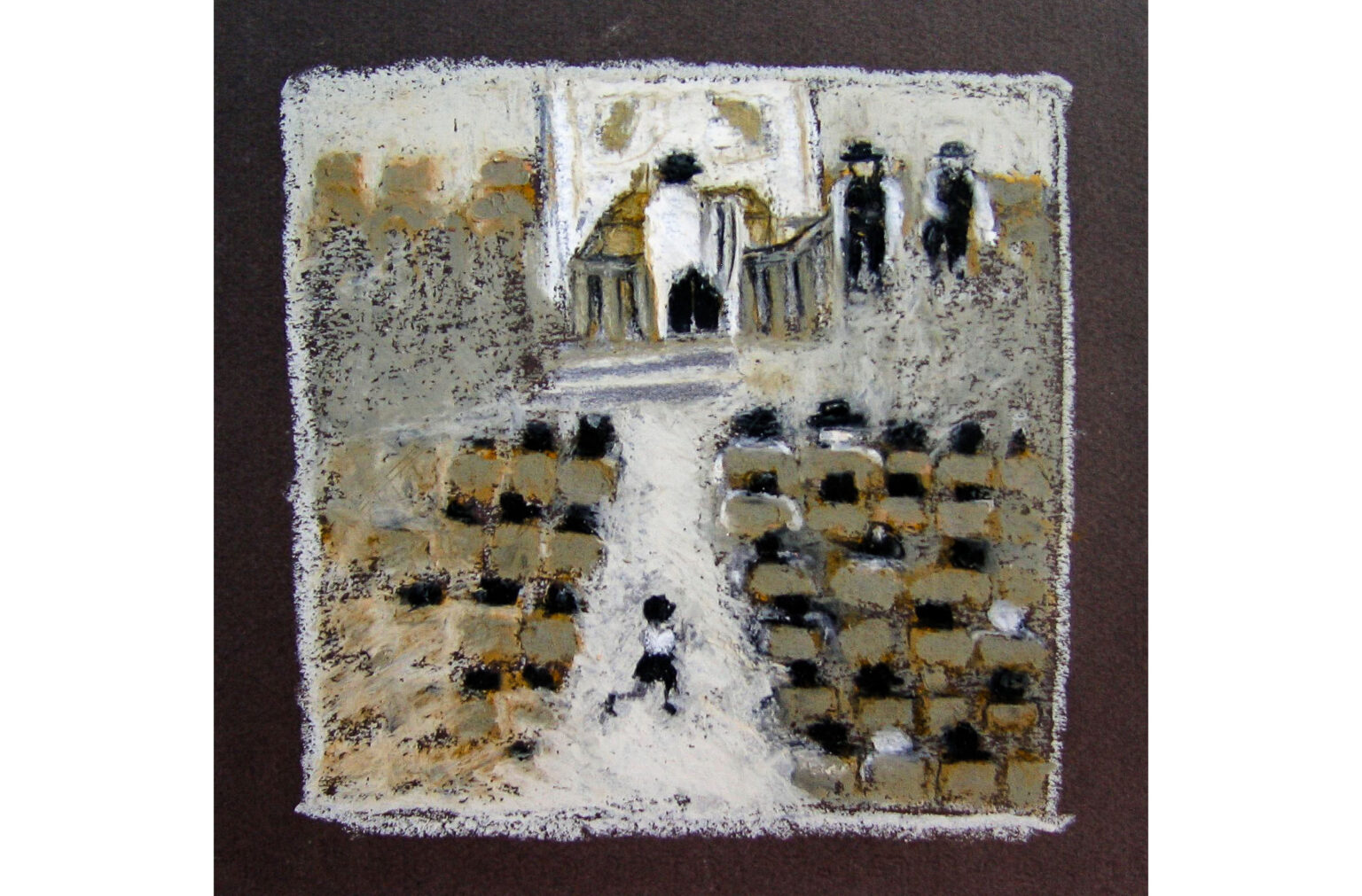

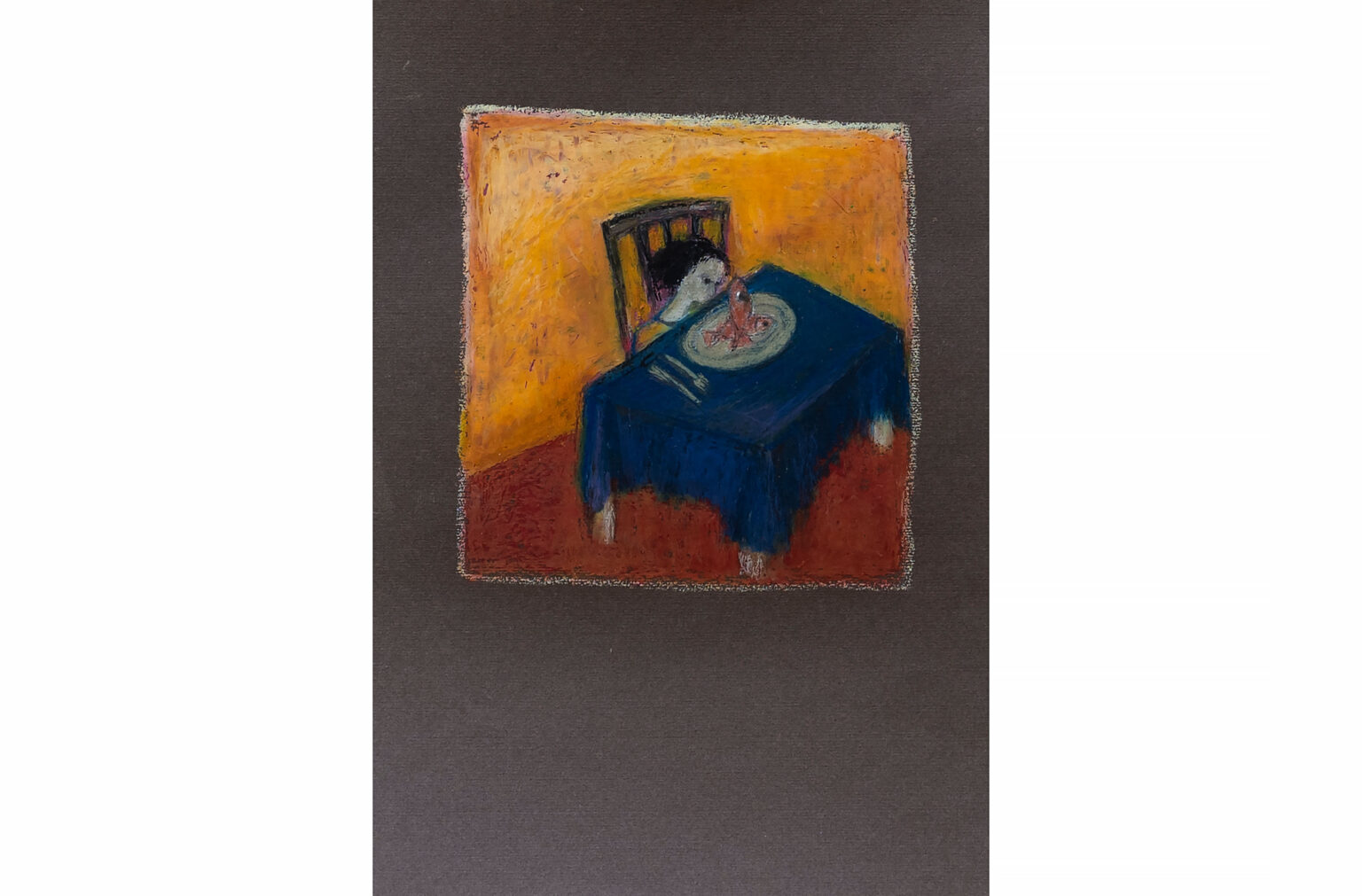
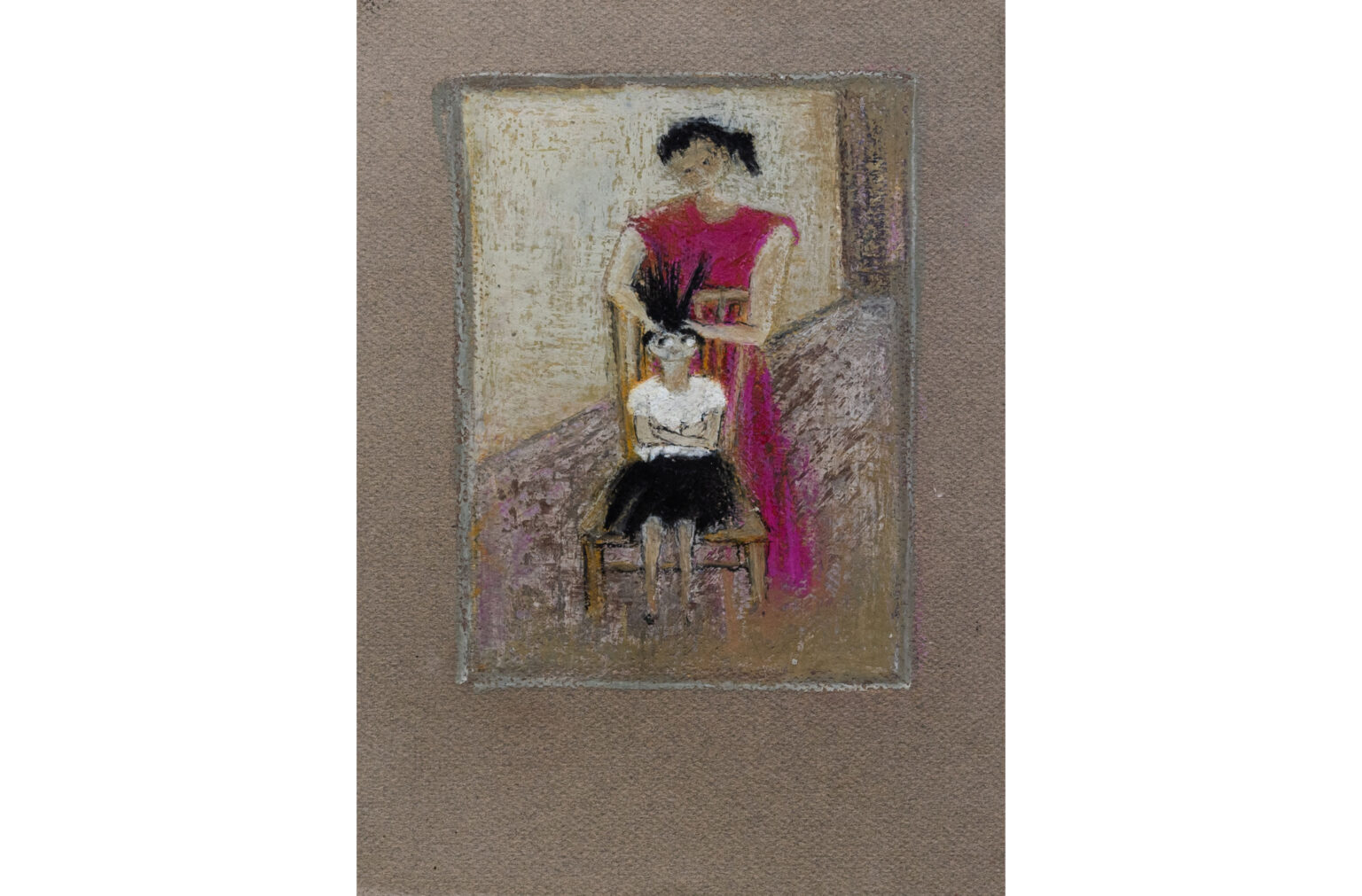

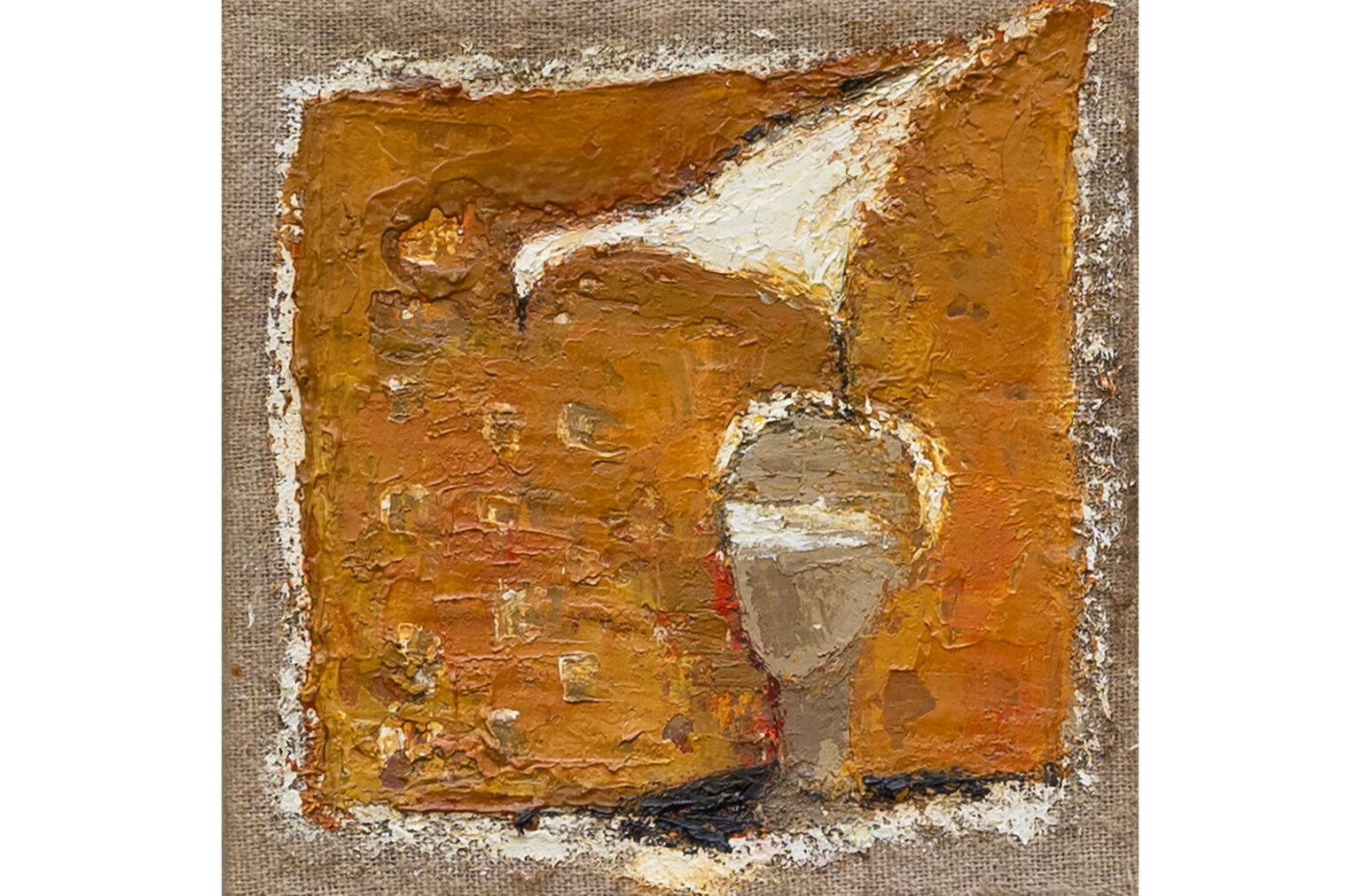
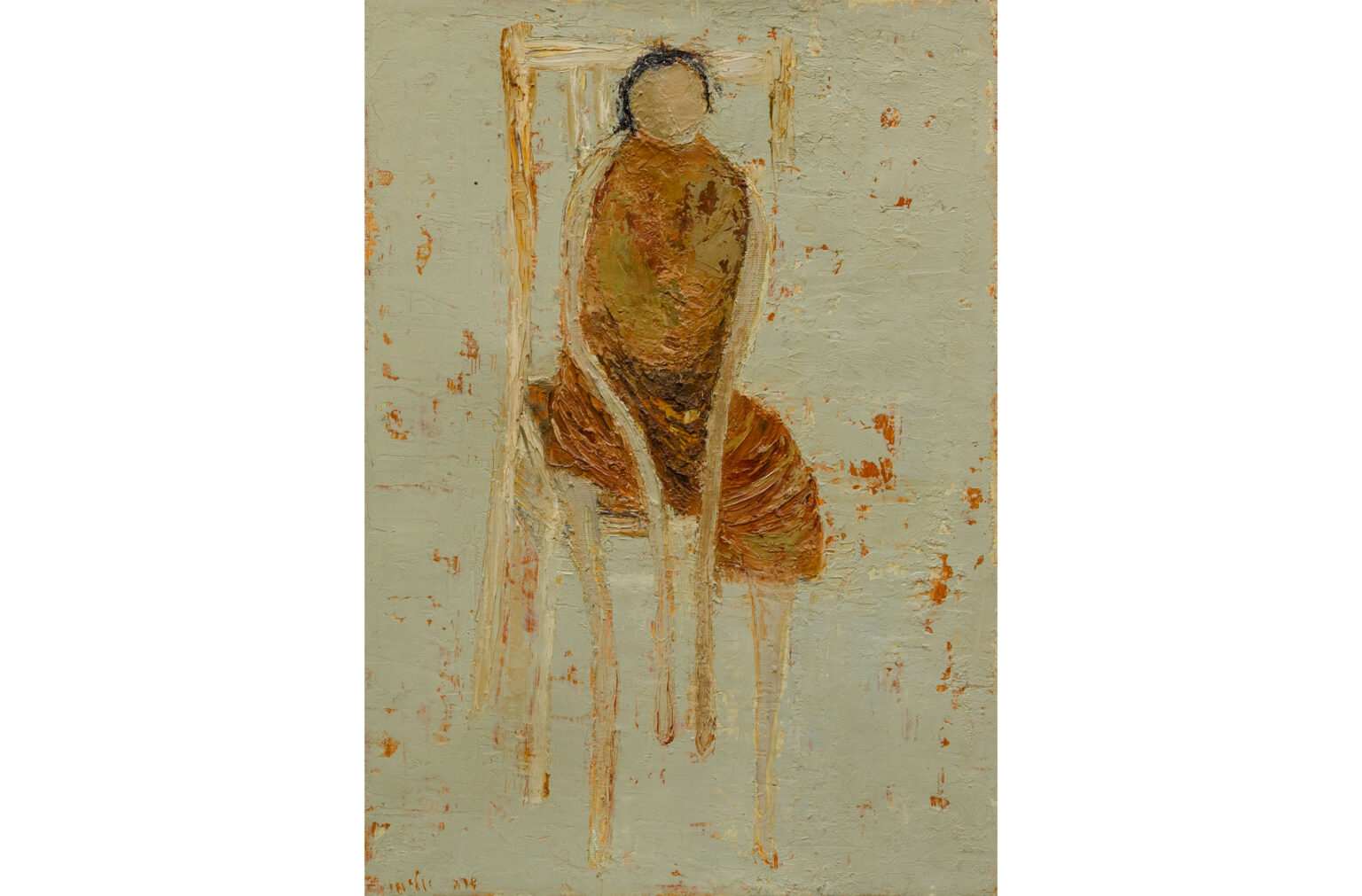

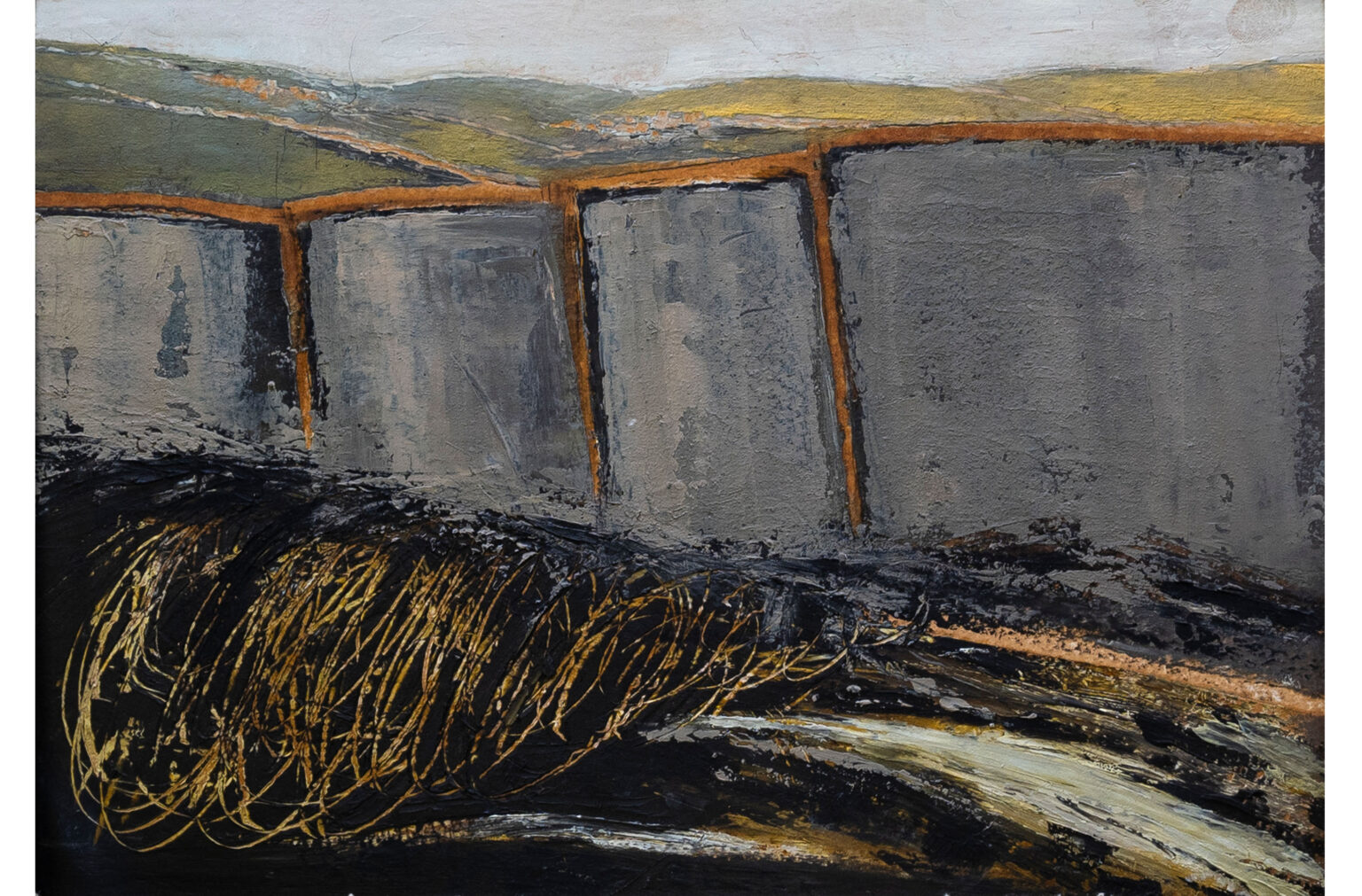
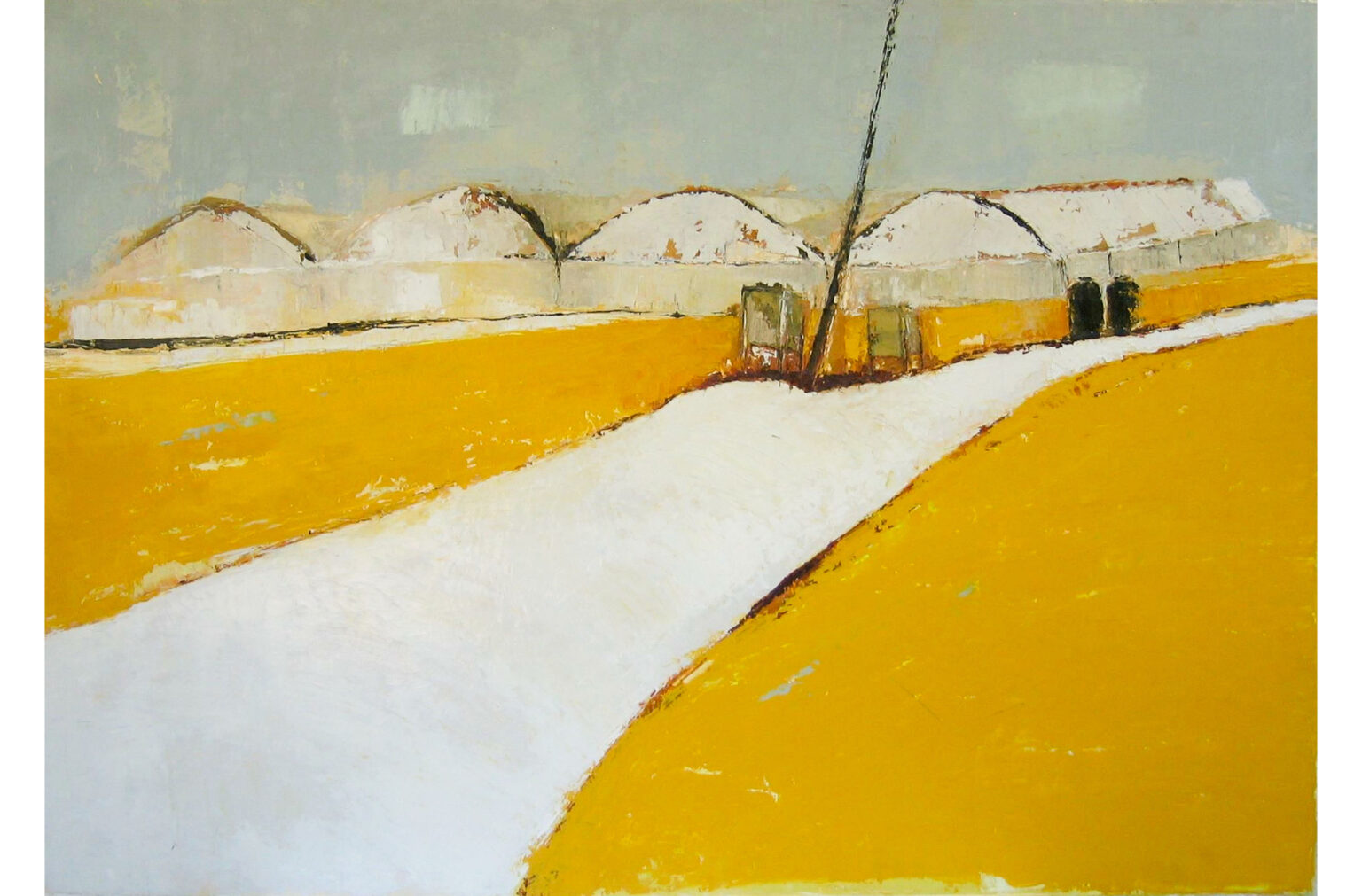

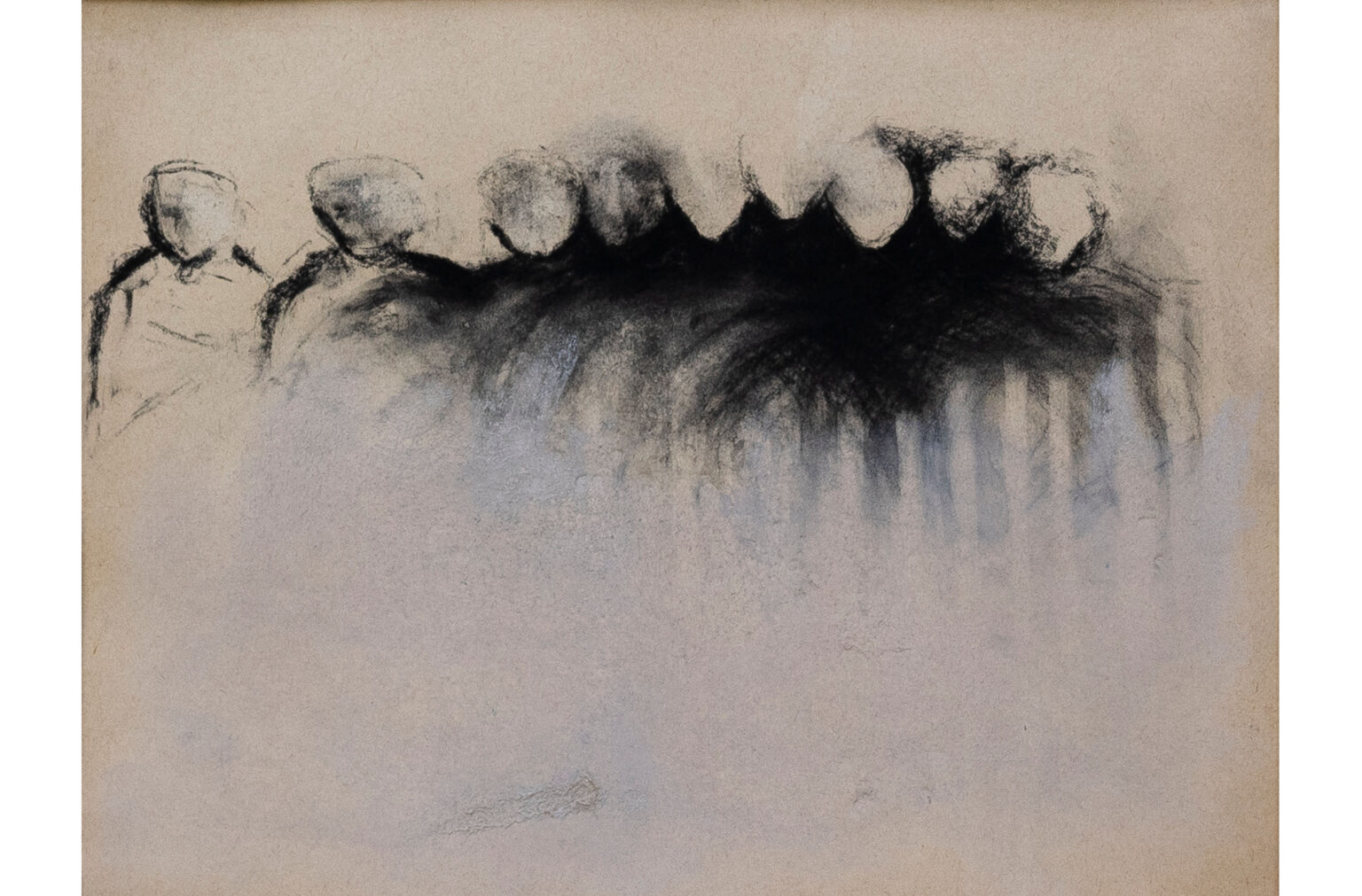
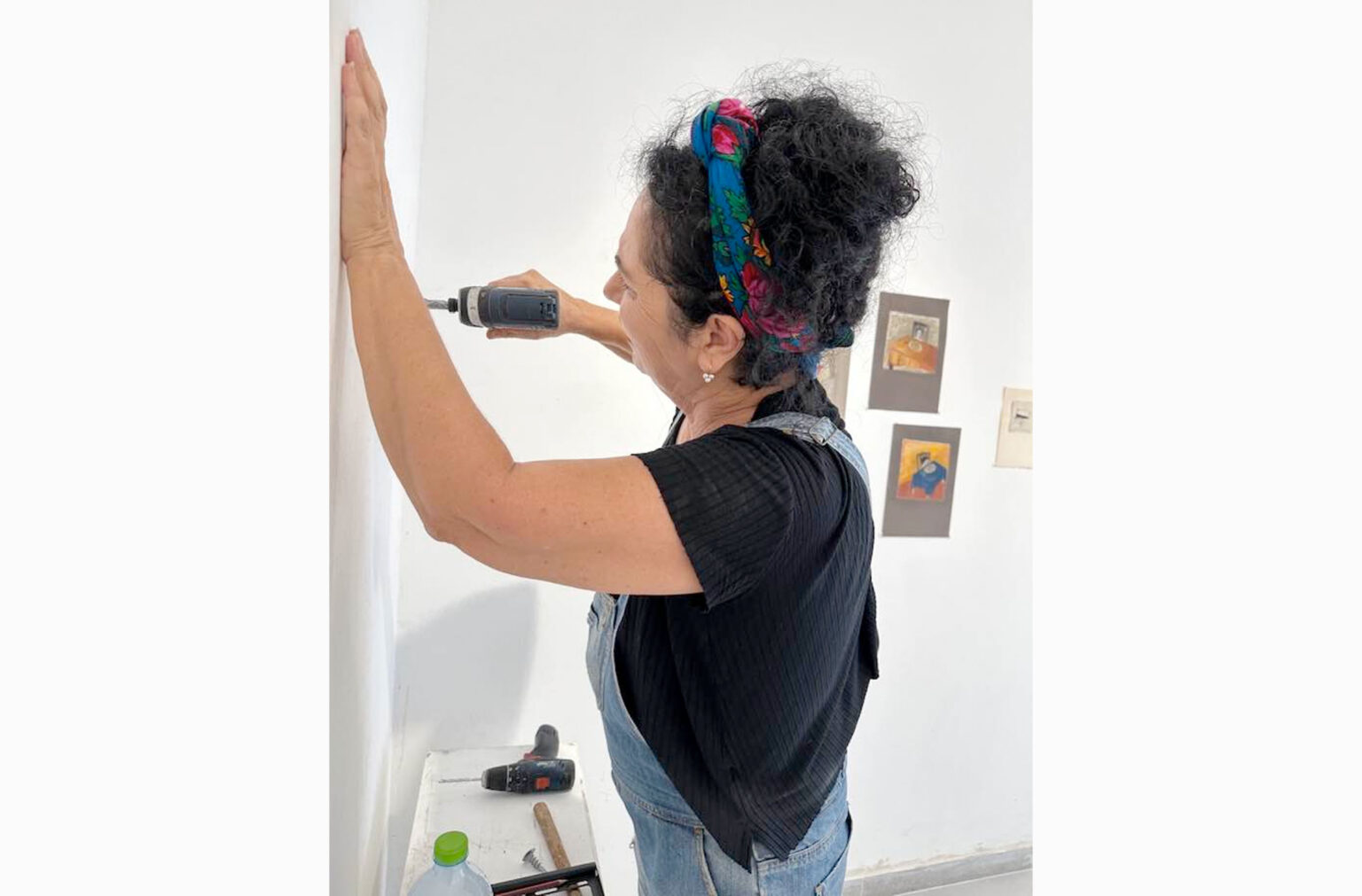
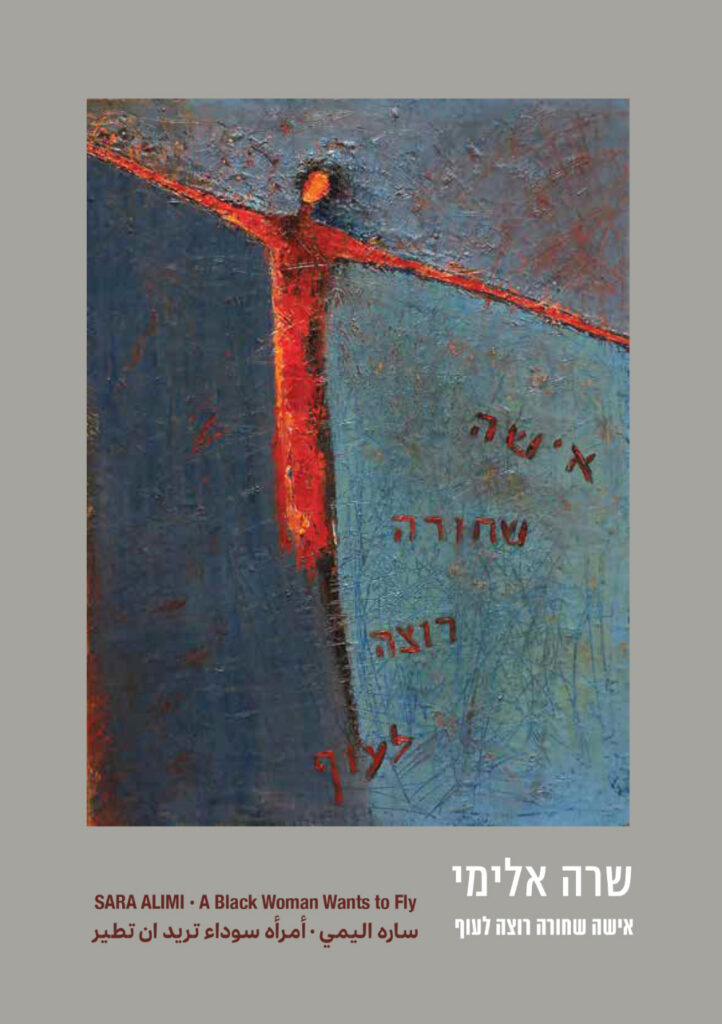
קטלוג התערוכה ״אשה שחורה רוצה לעוף״ (לרכישה בגלריה).
עיצוב והפקה: יעל בוברמן-אטאס
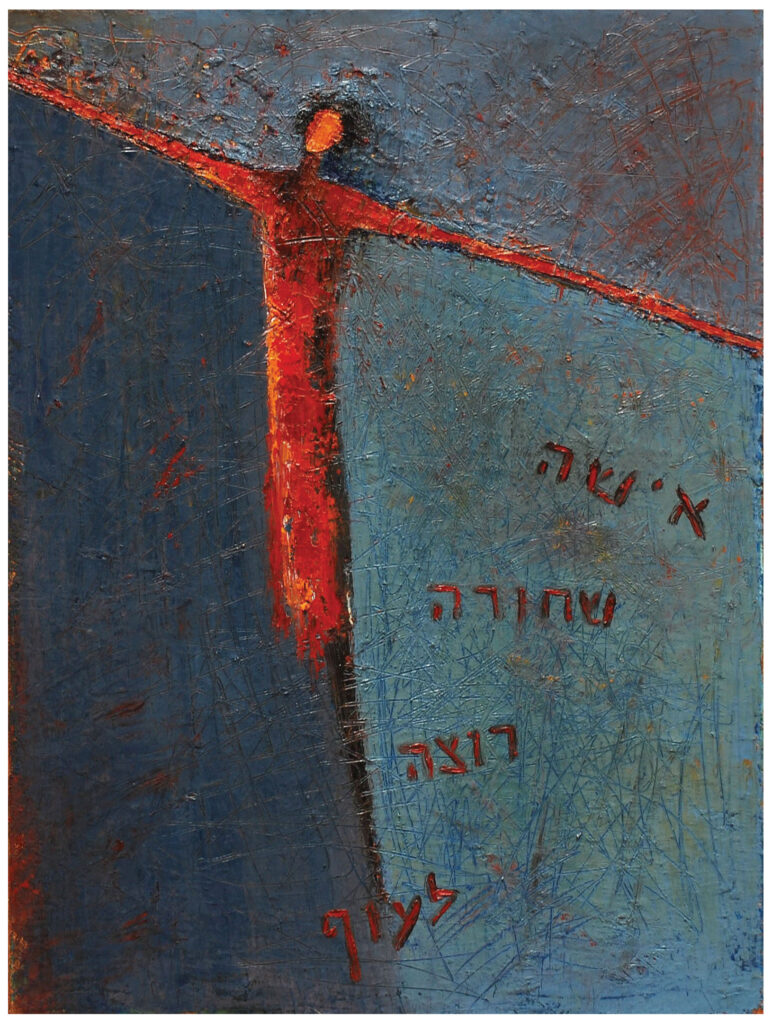
שרה אלימי, ״אישה שחורה רוצה לעוף״, 2008, שמן על בד, 80×60 ס"מ

שרה אלימי, דיוקן עצמי, 2009. שמן על בד, 40×40 ס״מ

שרה אלימי, מ״אלג׳ריה: זכרונות ילדות״, 2008-2006. פסטל על נייר, 30×21 ס״מ
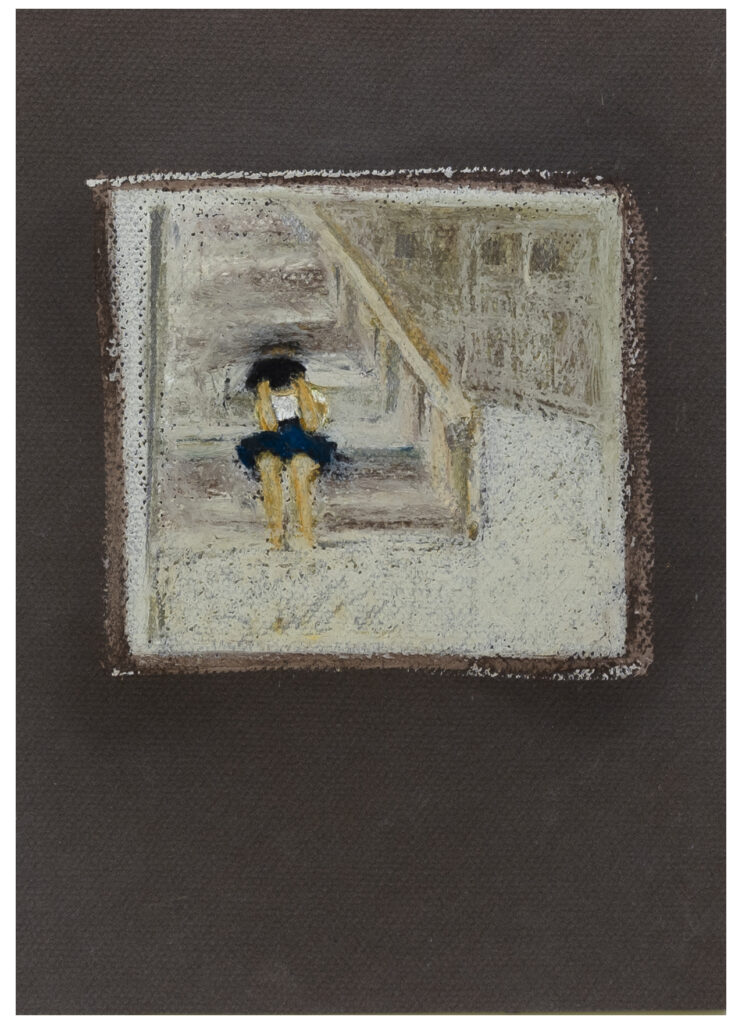
שרה אלימי, מ״אלג׳ריה: זכרונות ילדות״, 2008-2006. פסטל על נייר, 30×21 ס״מ
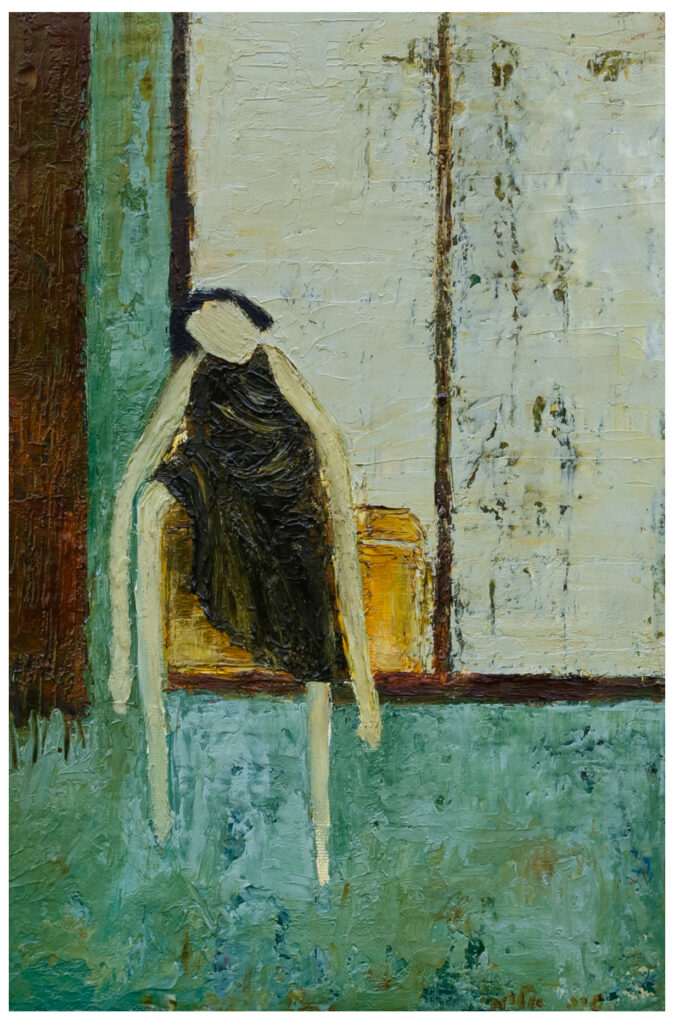
שרה אלימי, מ״שעון חורף״ 2004. שמן על בד, 30×20 ס״מ

שרה אלימי, מ"קייץ" 2006. שמן על בד, 18×25 ס"מ
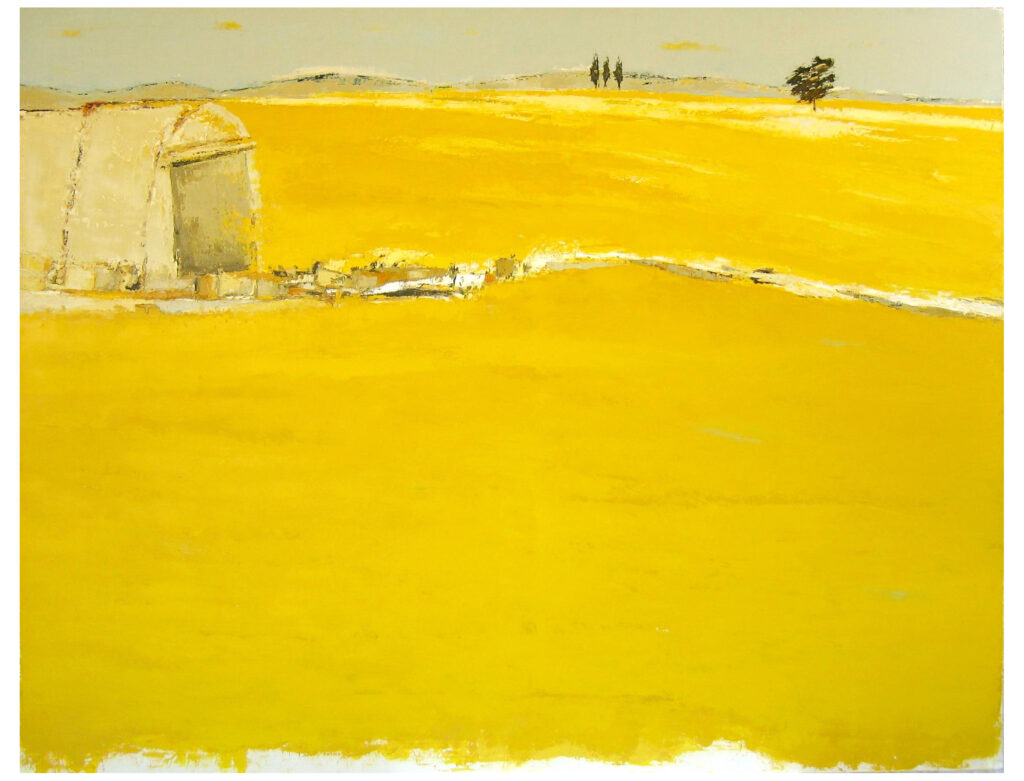
שרה אלימי, מ"קייץ" 2006. שמן על בד, 115×145 ס"מ

שרה אלימי, סיפור ״הפסנתר״. צילום הצבה: יורם בלומנקרנץ

מתוך פתיחת התערוכה ״אשה שחורה רוצה לעוף״. צילום: פרווין שמאלי-בוכניק
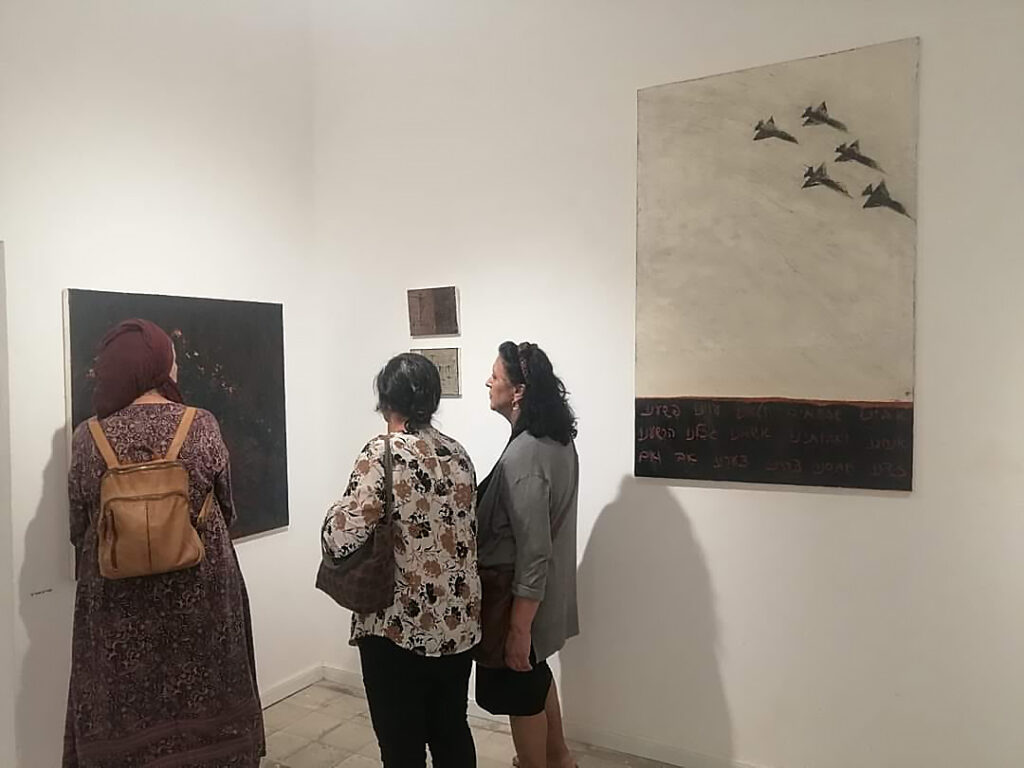
מתוך פתיחת התערוכה ״אשה שחורה רוצה לעוף״. צילום: פרווין שמאלי-בוכניק